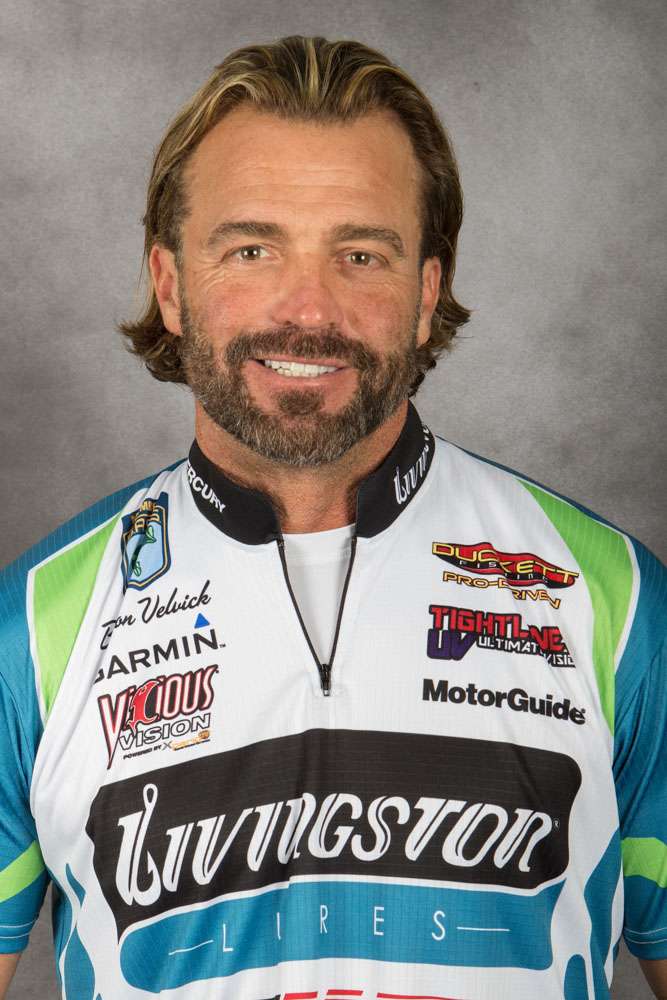Summertime swimbait fishing can be productive, but you have to realize that it’s very different from swimbait fishing at other times of the year. Almost all of those differences center on the size and color of your baits.
Most bass feed on shad during the summer. Those that aren’t eating shad often target glass minnows. There are exceptions to this, but they are few and far between. Therefore, I’ll talk mostly about shad here. If you’re fishing in a lake with a different forage base, make your baits look and act like whatever your bass are eating. There’s never a time when matching the hatch is more important than in the summertime.
In my judgment the best shad-like swimbaits, and those that are the easiest to customize to match local conditions, are made by matching metal heads to plastic bodies. There are some good hard swimbaits around, but they don’t seem to catch as many bass as the plastic ones. I’m a firm believer that the action is better with plastic, especially on the tail.
You can get good heads and bodies from a lot of different companies. My preference is for Basstrix and Berkley products. Basstrix, especially, has some really dynamite stuff on the market right now. I currently have several prototype baits that are a combination of plastic and tungsten that I’m fishing. They fit all of the requirements I’m talking about. They should be available to the fishing public in the near future. They’ll be made and sold by Livingston Lures.
Regardless of what brand you use, however, you should start with size. Your baits need to be exactly the same size as the shad the bass are eating. (In most lakes that means small.) A difference of less than a half-inch will frequently cut your bite down to nothing. Size includes the head. A two-inch body on a one-inch head is a three-inch lure. It’s not a two-inch lure.
You need as much weight as you can get away with on the head, but at the same time you want as small a head as possible. I always go with tungsten. It gives you weight, but not size. The best heads look like a fish’s head — the more realistic, the better. Detailed eyes and scales may look meaningless to us but it makes the head look more realistic to a bass.
Next comes color. Make sure your head and plastic is color coordinated with the local forage. That includes the back, the sides, the belly and the tail. If the local shad have a black dot on their sides so should your bait.
Watch for open water, main lake schooling bass. They’ll hit anything that looks real to them. The best time is usually early in the morning. Make really long casts. Summer water is usually clear. Wind your swimbait right through the middle of the school. Don’t jerk or snap your rod around. Steady wins the race.
If that isn’t working, or if the bass aren’t schooling, don’t be afraid to fish the bank — parallel to it, at a quarter angle or straight back towards the boat. Find out what they want and stick with that. Just like with schooling bass, steady almost always works best.
Don’t try to fish these baits with your conventional swimbait tackle. It’s much too heavy. You need a long, soft buggy whip kind of a rod along with a smaller reel and plenty of light line. You can handle anything out there if you set your drag properly and learn to play the fish.
What I’m trying to say here is that there’s no reason to put your swimbaits away just because it’s hot. All you need to do is downsize your swimbaits, match the hatch and make long casts with smooth retrieves. You’ll be good to go, and you’ll probably catch more bass than you thought possible.





